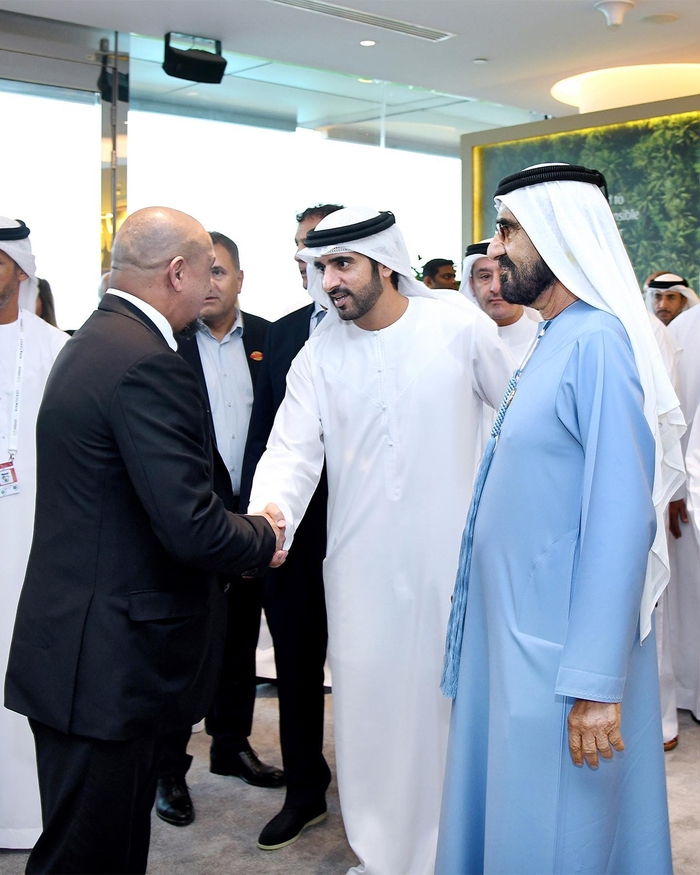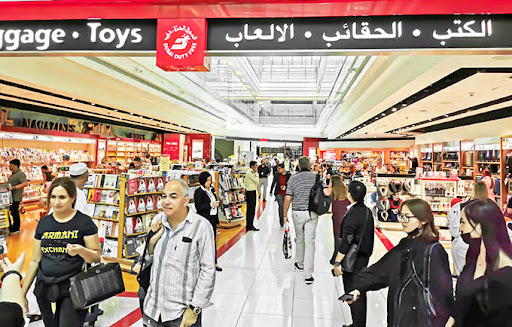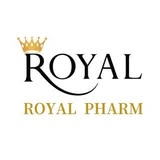Which Countries Are Included in the Middle East Market?
The Middle East market primarily refers to the transcontinental region spanning West Asia, Europe, and Africa, comprising 20 countries (excluding Afghanistan in some classifications):
Iran, Kuwait, Pakistan, Saudi Arabia, Egypt, Bahrain, Qatar, Armenia, UAE, Oman, Iraq, Azerbaijan, Yemen, Jordan, Syria, Georgia, Lebanon, Cyprus, Israel, and Turkey.

What Are the Advantages of the Middle East Market?
The Middle East market centers around the Gulf and Arabian Sea regions, covering 9 core economies and neighboring Arab states, forming a massive consumer base of 500–700 million people. The region exhibits a distinct economic gradient:
- High-income oil economies (UAE, Kuwait) with per capita incomes of $30,000–40,000.
- Mid-to-low-income nations (Iran, Iraq, Yemen) averaging $5,000–6,000.
Due to weak local manufacturing, the region heavily relies on imports of light industrial goods, daily necessities, electronics, and apparel, with strong demand for mid-to-low-priced products. Notably, it operates as a consumer-driven economy, where Dubai serves as the trade hub, handling over 80% of regional transshipments—extending its reach to Africa, creating a combined market of 1.3 billion people.
As the Middle East’s second-largest port, Dubai leverages tax-free policies and an open trade environment to become a wholesale hub for Africa and Gulf nations. Buyers from 30+ African countries source daily goods, light industrial products, appliances, and clothing here. Trade flows show:
- 75% of imports are re-exported to Africa.
- 20% go to Gulf neighbors.
- 5% remain in the UAE.

Compared to saturated, high-tariff Western markets, the Middle East, Africa, and Latin America now offer the most promising growth potential for SMEs and new entrants.
Key Traits of the Middle East Market:
- Time-Sensitive with Strict Quality Demands
Arab buyers prioritize fast delivery and consistent product quality. Delays or defects often lead to price cuts or claims. Suppliers must ensure efficient production and rigorous QC.
- Hard Negotiators, Relentless on Price
While friendly, Arab traders are shrewd negotiators—price concessions are rare without data-backed justifications. Prepare market research and cost breakdowns in advance.
- Relationship-Driven, Long-Term Focused
Business success hinges on personal connections. Regular check-ins, cultural courtesies, and trust-building are essential for sustained partnerships.

Challenges in the Middle East Market:
- Uneven Logistics Infrastructure
Outside Dubai, logistics networks are underdeveloped—poor addressing systems (e.g., Saudi Arabia’s duplicate town names) limit delivery efficiency (50–80 parcels/day vs. mature markets).
- High COD Dependency, Lower Sign Rates
Cash-on-delivery (COD) dominates, with low digital payment adoption. Long delivery cycles (5–10 days) hurt impulse purchases (e.g., fast fashion, electronics), increasing rejection risks.
- Physical Stores Boost Trust
Brick-and-mortar presence addresses e-commerce skepticism:
- Hands-on experience reduces purchase hesitation.
- Localized branding lifts credibility for high-value items (e.g., appliances, jewelry).

Strategies:
- Click-and-collect: Use stores as pickup points to cut logistics costs.
- Pop-up shops: Test markets affordably in high-traffic areas.
Company Profiles:
Royal Pharmaceutical Equipment Co., Ltd.
Specializes in R&D and production of pharmaceutical chemicals, APIs, and intermediates, with a focus on GLP-1 drugs (e.g., Tirzepatide, Semaglutide) for B2B markets. Exports to 30+ countries, now expanding in the Middle East.

- Website: www.jlpharms.com
- Tel: 0086-571-85829053
- Fax: 0086-571-85829153
- Address: Room 1702, 17F, Greenland Central Plaza, 98 Daguang Road, Hangzhou, Zhejiang, China




